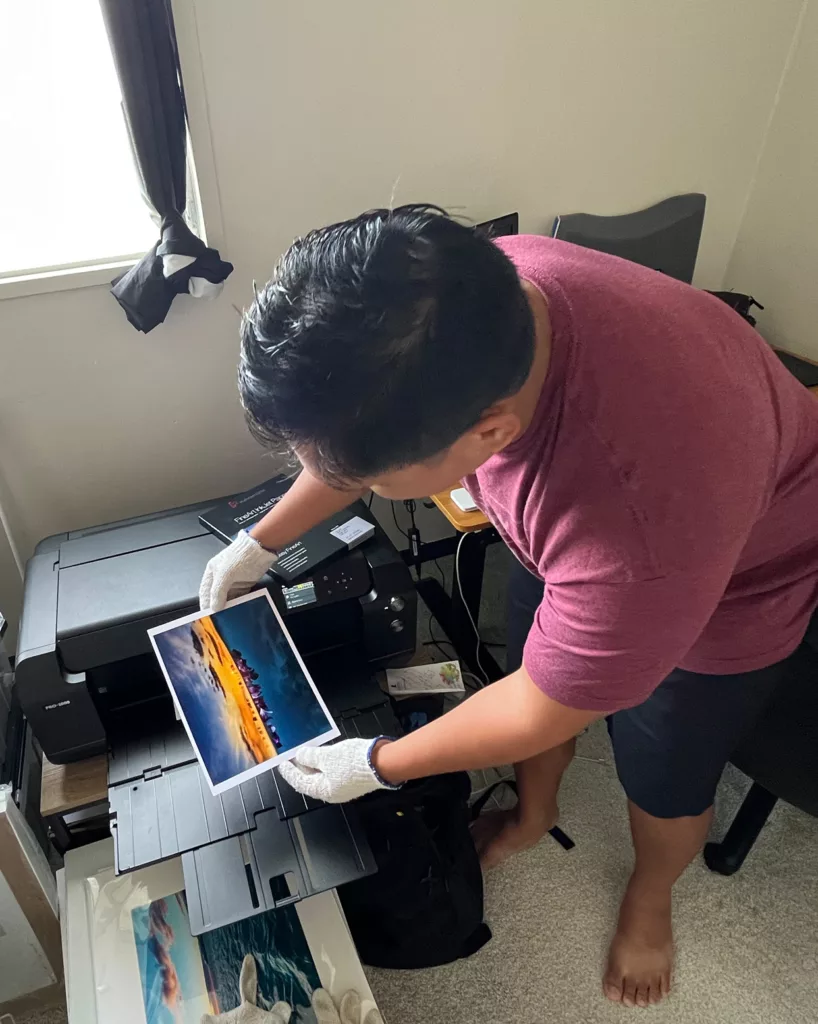Creating a photography portfolio is an important step in showcasing your work and attracting potential clients. Whether you are a professional photographer or just starting out, having a portfolio is essential for sharing your best work and demonstrating the skills you hone. Here are some tips for creating a photography portfolio that stands out:
1. Define Your Style
Before you start building your portfolio, take some time to think about your style and what sets you apart from other photographers. Consider the types of subjects you enjoy photographing, the lighting you prefer, and the overall look and feel of your images. You can also consider the way you prefer to post-process your images. Your portfolio should showcase your unique style and highlight your strengths.
Some ideas for defining your style can be done through:
- Subject Matter (ie. landscape, water, people, documentary, etc.)
- Lighting (Natural, Artificial,Mixed)
- Post Processing (ie. Levels of Contrast, Saturation, filters, etc)
Find what YOU like and keep at it! In no time you’ll be able to define and develop a style that fits YOUR liking.
Still having a hard time defining your photography style? Check out this article.
2. Choose Your Best Work:
Your portfolio should only include your strongest and most compelling images. Avoid including too many similar shots or mediocre photos. Select images that represent your style and showcase your abilities. As a general rule, it’s better to have a smaller portfolio of amazing work than a larger portfolio of mediocre images.
If you are finding it difficult in choosing your best work ask around! Friends, family, and other photographers can be a good resource in discovering your best work. If you don’t know anyone that is willing to provide critique, facebook, instagram, and photography forums such as fstoppers can be start. Make sure to take criticism lightly and use it in a way to help improve your abilities in this craft.
3. Organize Your Portfolio:
There are many different ways to organize a photography portfolio, but it’s important to keep it clear and easy to navigate. Consider grouping your images by subject, location, or style. Make sure your portfolio flows well and tells a story.

A tip that I suggest those looking to create a photography portfolio to stand out is to print your work! The size you print is up to you!This helps in being able to rearrange potential portfolio pictures easier. Gathering the ones you like aside or throwing away the ones you don’t. Plus, it’s always nice to have your work in print format!
4. Consider the Format:
Theres a ton of ways to present your photography portfolio, including online platforms, printed books, and digital slideshows. Consider your audience and how you want your work to be presented. Online platforms like Squarespace or Adobe Portfolio are great for creating digital portfolios that are easy to share and update, while printed portfolios can be a great way to showcase your work in person.
I’d personally suggest to create your portfolio in print and digital. One that people can easily access from anywhere in the world and another that people can get a true feel of your work real life. There’s just something intimate about holding a photograph in your hand!

5. Get Feedback:
Once you have created your portfolio, it’s important to get feedback from other photographers, clients, or friends. Ask for honest feedback and use it to improve your portfolio. Keep in mind that your portfolio is a living document that should be updated and refined over time. Use feedback to your advantage and don’t take things too personally. This can help you recognize how other professionals and non-professionals view your work. Allowing you to improve upon flaws that you have not seen on your own. In no time, you’ll be on your way to creating a photography portfolio that stands out!
In conclusion, creating a photography portfolio takes time and effort, but it’s an important step in establishing yourself as a photographer. By defining your style, selecting your best work, organizing your portfolio, choosing the right format, and getting feedback, you can create a portfolio that showcases your skills and attracts potential clients.